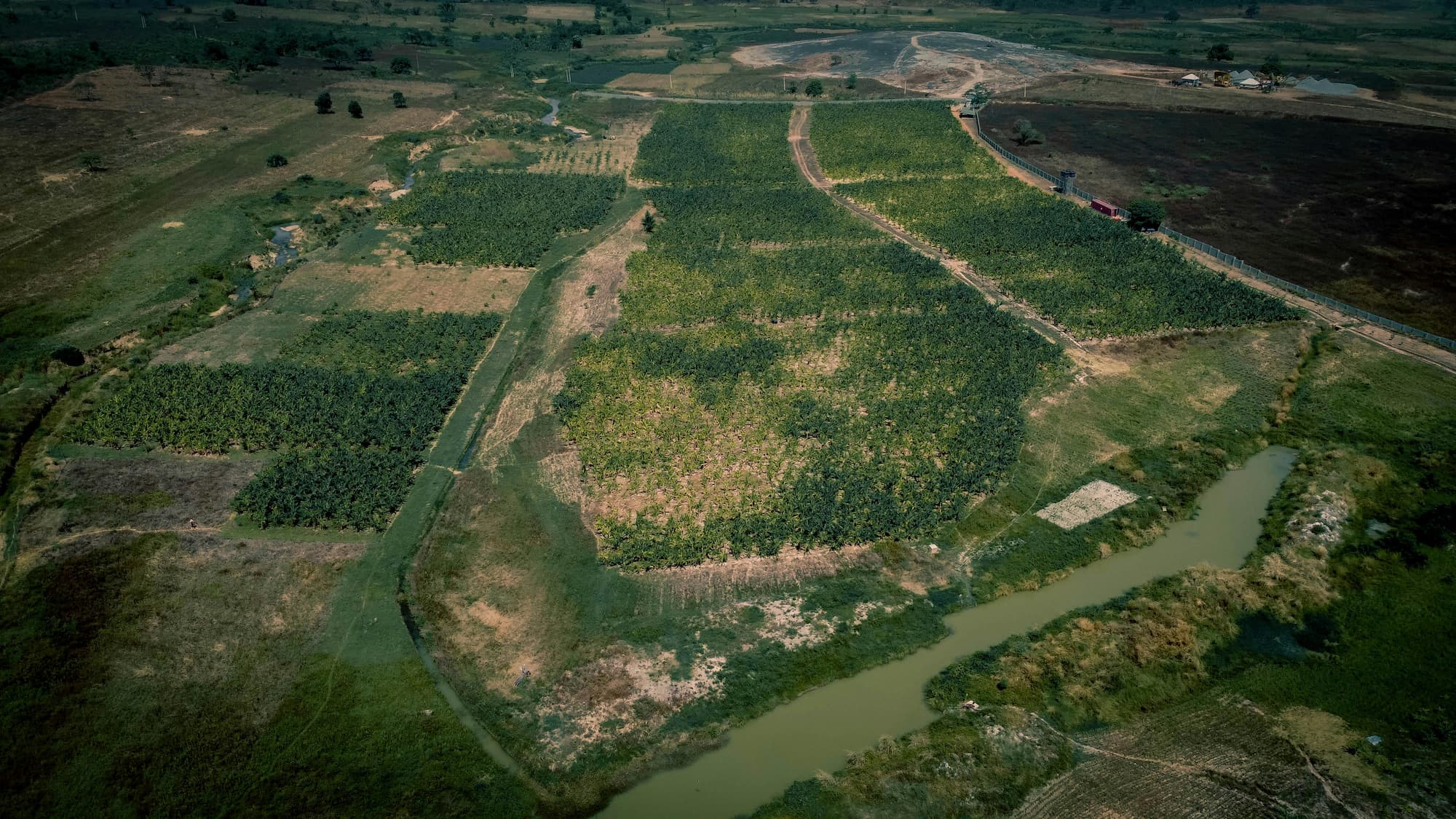Use Case Description
In many agricultural regions, the verification and reporting of sustainable land management practices for carbon sequestration face major challenges due to costly, labour-intensive traditional methods and the lack of reliable, field-scale monitoring systems. Especially in diverse agro-climatic areas, farmers and certifiers struggle to independently assess the success of measures like crop rotation and catch crop planting, limiting the credibility and scalability of carbon farming initiatives.
Leveraging Earth Observation (EO) technologies enables scalable, accurate, and cost-effective monitoring, reporting, and verification (MRV) of Soil Organic Carbon (SOC) dynamics. Integrating satellite-based technologies provides detailed field-level assessments of stocks, carbon content in plants and soil and crop rotation. This empowers stakeholders to reliably evaluate the impact of sustainability measures, improve soil health, boost agricultural productivity, and contribute to climate change mitigation.
In addition to the transparency and trust-building enabled by objective data, the use of EO significantly reduces operational costs compared to traditional soil sampling and manual monitoring, providing cost-effective and scalable solutions. This makes EO-based carbon farming monitoring a transformative tool to drive resilient, climate-smart agricultural practices globally.


